Modern lifestyle is all about convenience. We have a whole world of technology, ready to reduce the hardwork and effort which our ancestors would put. Today, everything from commute to hygiene is on our fingertips. Everything is achieved with ease and convenience, However, like all good things, this convenience too comes at a price – in our case, it comes with the price of exploitation of the earth’s natural resources and pollution.
Fact
The South East of England has less water available per person than the desert states of Syria and Sudan.
Read more facts : Water conservation in UK
One of the most common by-products of our convenience is wastewater. Wastewater is any form of used water, whether sewage, whether the water we use to wash our dishes and clothes or the water which industries use as coolant.
With the earth headed straight towards a water crisis, what better option than to recycle the ample wastewater produced all over the world.
Waste water recycling methods
Wastewater can be put to use as it is (for non-topical uses) or it can be treated to the pinnacle of purification for human consumption by removing its contaminants such as sewage and chemicals.
The most common methods to treat wastewater are:
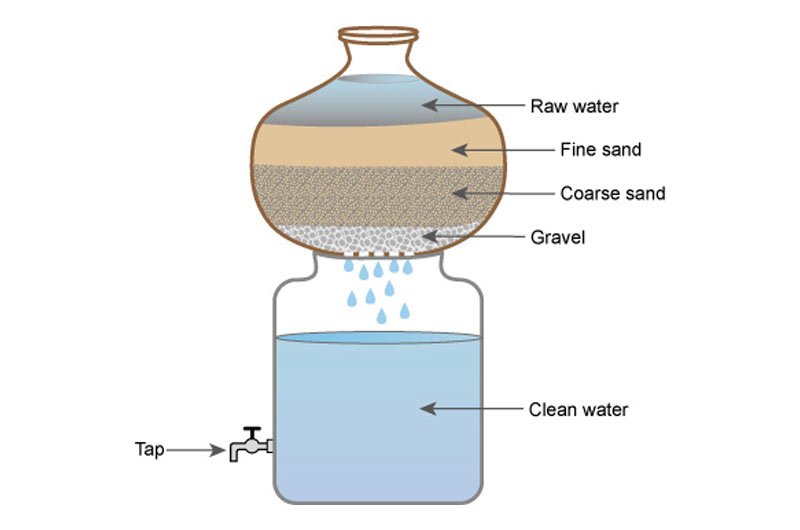
1. Physical Water Treatment
This treatment uses physical methods to clean wastewater. Screening, sedimentation and skimming are popular examples of these and are primarily used to remove the solids. There is no use of chemicals involved here.
The most common and effective ways of physically treating wastewater is sedimentation. It makes the heavy insoluble particles settle at the bottom while clean water is skimmed out.
Another effective physical treatment is aeration. This process circulates air through the water to add oxygen to it. The next method is filtration. Special coarse and fine filters are used to remove coarse and fine impurities respectively.
2. Biological Water Treatment
Here, biological processes are used to disintegrate the organic matter present in wastewater. For instance, soap, oils and food. Certain microorganisms are responsible for metabolizing organic matter in the wastewater. Biological water treatments are of 3 types:
- Aerobic processes: Bacteria are introduced into the water. They decompose the organic waste into carbon dioxide which is then used by plants.
- Anaerobic processes: Here, the organic waste is fermented at a specific temperature without the use of oxygen.
- Composting: Here, sawdust or other carbon sources are mixed with the wastewater in order to treat it.
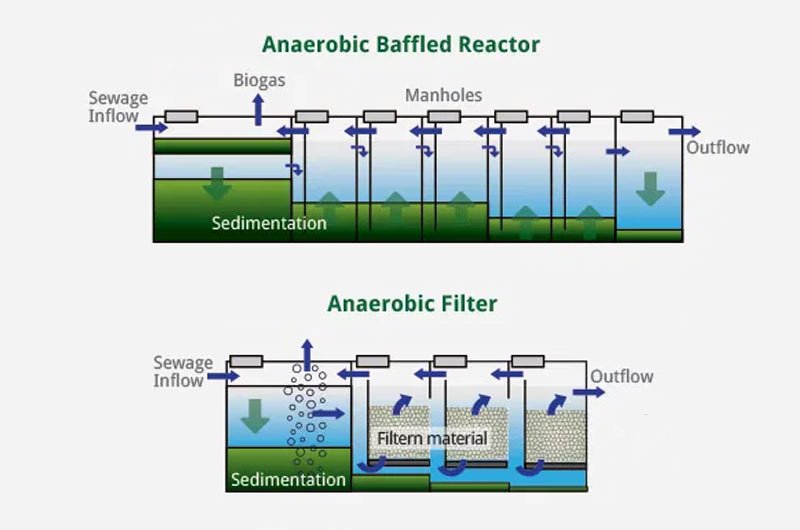
3. Chemical Water Treatment
The name is self-explanatory. This type of treatment involves the introduction to water so that it can be purified. A commonly used chemical is Chlorine. It kills bacteria which contaminate the water. In certain cases, even ozone is added to purify water. These chemicals prevent the bacteria from reproducing in water, thus making the water pure.
4. Sludge Treatment
Sludge treatment is essentially a solid-liquid separation process. An example of this is sewage water. This is achieved by specialized solid-liquid separation devices like centrifuges.
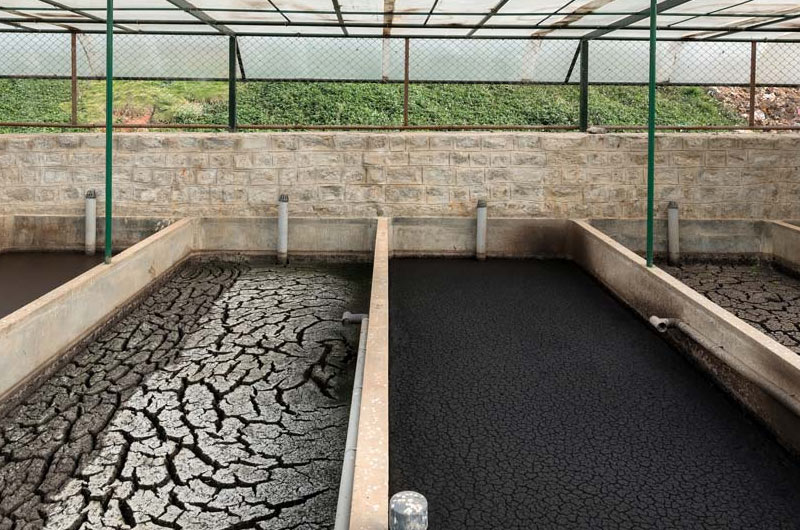
Wastewater has caused hazards for our surface waters like oceans, seas, rivers, etc by contaminating them beyond measure. If not treated today, the quantity of wastewater will only keep on increasing and causing further harm to our ecosystem. However, the methods of wastewater recycling discussed above are industrial processes which a common man may not be able to achieve.
So, what can YOU – as an aware and conscious citizens of the world do to conserve water. How can you do recycle wastewater? Let us take a look at some common and easy methods.
What methods can you adopt to recycle water?
1.Reuse water for Agricultural purposes
Wastewater (except untreated sewage) can be used for irrigation purposes. In fact, certain types of waste waters are nutrition rich and may provide the crops sufficient nutrients to grow healthy. However, not all wastewater can be used for this purpose because we cannot afford contamination of the food chain.
If left unmonitored, humans and animals may end up consuming contaminants from the crops which is not good for our health.
2. Reusing grey waters
Grey water can be reused by installing a collection system and them directing the resource for outdoor uses like cleaning verandas, driveways, watering grass, or even washing the car and doormats.
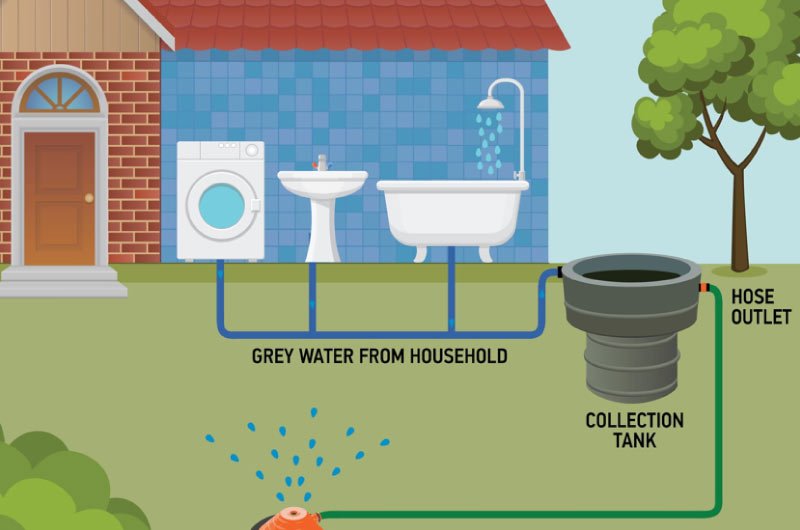
3. Recycling dirty aquarium water
When you change the aquarium water your beloved fish, do not throw it away. Use it to irrigate the fields or water potted plants, vegetable nurseries or lawn gardens. This water is healthy for plant growth because it contains substances like nitrogen, phosphorous, potassium and ammonium and other microorganisms which act as a natural fertilizer.
4. Collect and reusing shower water
This is perhaps the easiest way to reuse wastewater – collect the water from your shower by plugging the drain. Once collected, this water can be redirected outdoors and be used to water outdoor flowers, wash the car, or even clean your driveway.
Fact
95% of water that enters the home goes down the drain daily.
Read more facts : Water pollution in USA
5. Trap rain water
Back in the old days, collecting rainwater was a custom. Everyone would redirect rainwater to their lawns and even use it for drinking purposes. Because it required some effort, our busy routines do not permit us to tap into this resource.
However, water conservation is the need of the hour and we must use our rainwater resources to conserve the remaining water. This can be easily achieved by collecting rainwater and using it to water plants, for laundry, drinking and what not!
6. Reuse of laundry water
After you are done with laundry, what do you do with the water? Do you discard it without sparing a second thought? Well, this water can be directed for outdoor use. It can be easily collected from washing machines and redirected towards the lawn or other outdoor washing to be performed.
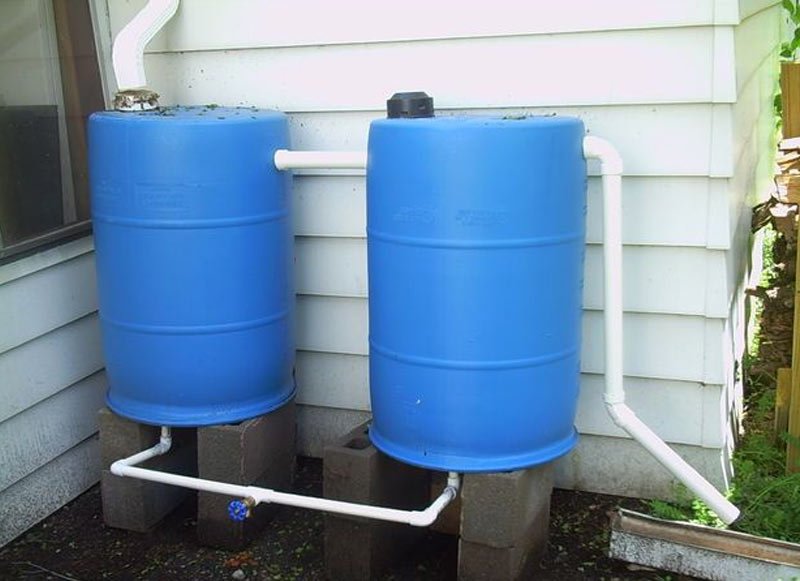
7. Save water after you clean veggies
One of the most nutrient rich waters you can have in your homes is the one in which you boil vegetables and pasta. These nutrients are especially helpful for the plants because they aid their growth. Healthy plants will make a healthy garden and you will also have saved more water turning into wastewater.
8. Reuse unwanted ice
Do you have an over stayed ice tray which you conveniently forgot about? Don’t throw that ice down the drain. No matter how much time has passed, ice contains pure water. Defreeze it and use it for consumption. If you are too skeptical doing that, water your plants using the same water.

